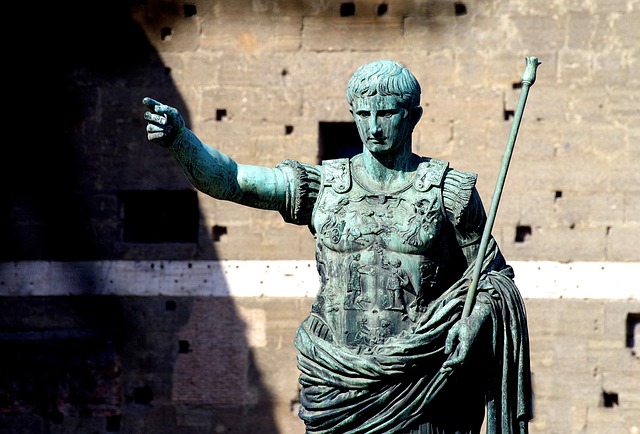How community co-creation shapes urban cultural programs
Community co-creation changes how cities plan and run cultural programs by centering local voices, practical partnerships, and layered engagement strategies. This approach adapts museums, outdoor events, and digital projects to neighborhood priorities while balancing conservation, funding realities, and curatorial standards.

Communities that participate in designing cultural programs help reshape urban life by introducing lived experience into planning, interpretation, and delivery. When residents, artists, institutions, and civic actors collaborate, programs reflect neighborhood histories, current needs, and future aspirations while improving access and widening audiences. This opening sets the stage for examining how community-led processes influence curation, partnerships, funding choices, outdoor programming, digital engagement, conservation priorities, and the flow of performance and public art across city spaces.
How does community influence curation and partnerships?
Community involvement reframes curation from a top-down selection process to a negotiated conversation. Local stakeholders contribute stories, recommend artists, and help identify venues that matter to residents. Partnerships between community groups and cultural institutions create shared governance models that distribute authority and resources more equitably. These relationships strengthen program relevance and sustainability by anchoring initiatives in ongoing social networks, improving outreach, and making it easier to align funding cycles with grassroots rhythms.
What role do museums play in co-creation?
Museums can move beyond static displays by inviting community members to co-design exhibitions, labels, and educational programs. Participatory museum projects often recruit volunteers, advisors, and local historians to deepen interpretive accuracy and cultural sensitivity. This approach can expand collections’ meaning for diverse audiences while encouraging museums to reconsider conservation priorities in light of community values. In practice, museums that integrate co-creation adjust workflows to include longer consultation phases and flexible curation that accommodates multiple narratives.
How does participation shape outdoor programming and performance?
Outdoor programs and performances benefit from participatory design because public spaces inherently belong to communities. Local input guides choices about site-specific works, accessibility, safety, and times that fit neighborhood routines. Participation helps calibrate the scale and frequency of events to avoid disruption while maximizing engagement. Co-created performances often use local talent and culturally resonant themes, creating a sense of ownership and producing flows of attendees that reflect existing social ties rather than only tourism-driven patterns.
How does digital engagement support cultural flow and access?
Digital tools amplify co-creation by enabling broader participation across time and geography. Online platforms can collect community feedback, host virtual exhibitions, and support hybrid performance models that combine in-person and streamed elements. Thoughtful digital strategies preserve the flow of attention between physical and virtual spaces, helping programs remain accessible during disruptions and extending audience reach. However, digital initiatives must consider access inequities and work with local partners to ensure meaningful participation rather than one-way broadcasting.
What are funding and conservation considerations?
Funding models must adapt to co-creative timelines: participatory projects often require longer pre-production phases and ongoing community liaison costs. Grants, municipal funding, and partnerships with local businesses can cover baseline expenses, while smaller microgrants support neighborhood-led initiatives. Conservation strategies should balance material preservation with community priorities for display and use; sometimes this means rethinking stewardship to permit more active, lived engagement with objects or sites. Clear budgeting for facilitation, outreach, and evaluation improves transparency and program resilience.
How do partnerships and engagement sustain long-term programs?
Sustained engagement relies on diverse partnerships among cultural institutions, community organizations, municipal departments, and funders. Shared responsibility for outcomes encourages maintenance of outdoor installations, continuity of education programs, and succession planning for leadership. Engagement processes that include evaluation and feedback loops create a flow of information that refines curation and programming over time. Effective partnerships also open routes to multiple revenue streams and in-kind support, which helps stabilize projects that might otherwise be short-lived.
Communities shape urban cultural programs by injecting local knowledge into curation, influencing museum practice, guiding outdoor performance choices, driving digital inclusion, and refocusing conservation and funding priorities. When participation is structured, resourced, and sustained through partnerships, programs become more relevant, equitable, and resilient. The cumulative effect is a cultural ecosystem where programming flows between institutions and neighborhoods, reflecting the diversity of urban life without compromising stewardship or artistic standards.






